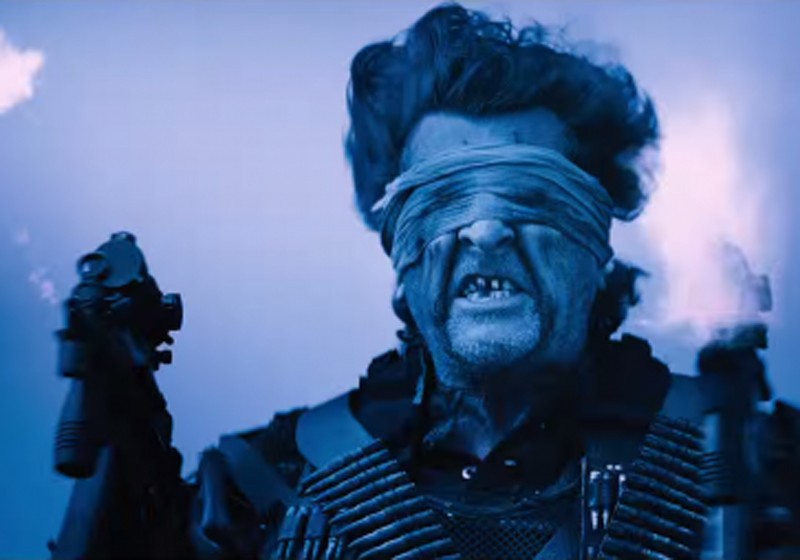
A Guide to Right-of-Way Laws in Indiana
Content
Right-of-way laws in Indiana are designed to keep motorists and pedestrians safe. Most accidents occur due to non-compliance with traffic rules. Failure to comply with these laws can result in personal injury, damage to vehicles, and even death. To avoid costly vehicle repairs or worse, it's important that you understand and follow Indiana's right-of-way laws.
Summary of Indiana Right of Way Laws
Indiana has right-of-way laws for traffic lights, intersections, and crosswalks that do not have signs or signals.
Traffic light
Green means you are on your way. You have the right-of-way and you may continue driving as long as there are no other vehicles or pedestrians that could pose a safety hazard.
Yellow means caution. If you are already at the intersection or very close to it, keep going.
Red means "stop" - you no longer have the right of way.
A green arrow means you can turn - as long as you are not going to collide with other vehicles that may already be at the intersection. You have the right of way and can move on.
You may turn right at a red light if there are no other vehicles, provided the intersection is clear.
Four stops
At a four-way stop, you must come to a complete stop, check for traffic, and proceed assuming it is safe. The priority belongs to the first vehicle to arrive at the intersection, but if more than one vehicle arrives at the intersection at about the same time, the vehicle on the right will have priority.
When in doubt, it is better to give way than to risk a collision.
Carousel
When approaching a roundabout, you must always give way to a vehicle that is already at the roundabout.
There will always be yield signs at the entrance to the roundabout. Look to the left and if you have a gap in traffic, you can exit at the roundabout.
Some roundabouts in Indiana have stop signs instead of give way signs, so be careful.
Ambulances
In Indiana, fire and rescue vehicles are equipped with flashing red lights and sirens. If sirens wail and lights flash, you must give way.
You will probably hear the siren before you even see the lights, so if you hear one, check your mirrors and approach if you can. If you can't, then at least slow down.
Common Misconceptions About Indiana Right of Way Laws
One of the most common misconceptions Indiana drivers have has to do with pedestrians. Most drivers know that pedestrians are subject to right-of-way laws and that they can be fined for crossing the street in the wrong place or crossing a traffic light. What is less known is that if a driver injured a pedestrian, even if that pedestrian broke the law, the driver could still be charged - not for non-concession if the pedestrian did not have the right of way in the first place, but with dangerous driving .
Penalties for non-compliance
In Indiana, being unyielding can earn you six demerit points on your license—eight if you don't yield to an ambulance. Penalties vary from county to county.
See Indiana Driver's Manual pages 52-54, 60 and 73 for more information.

